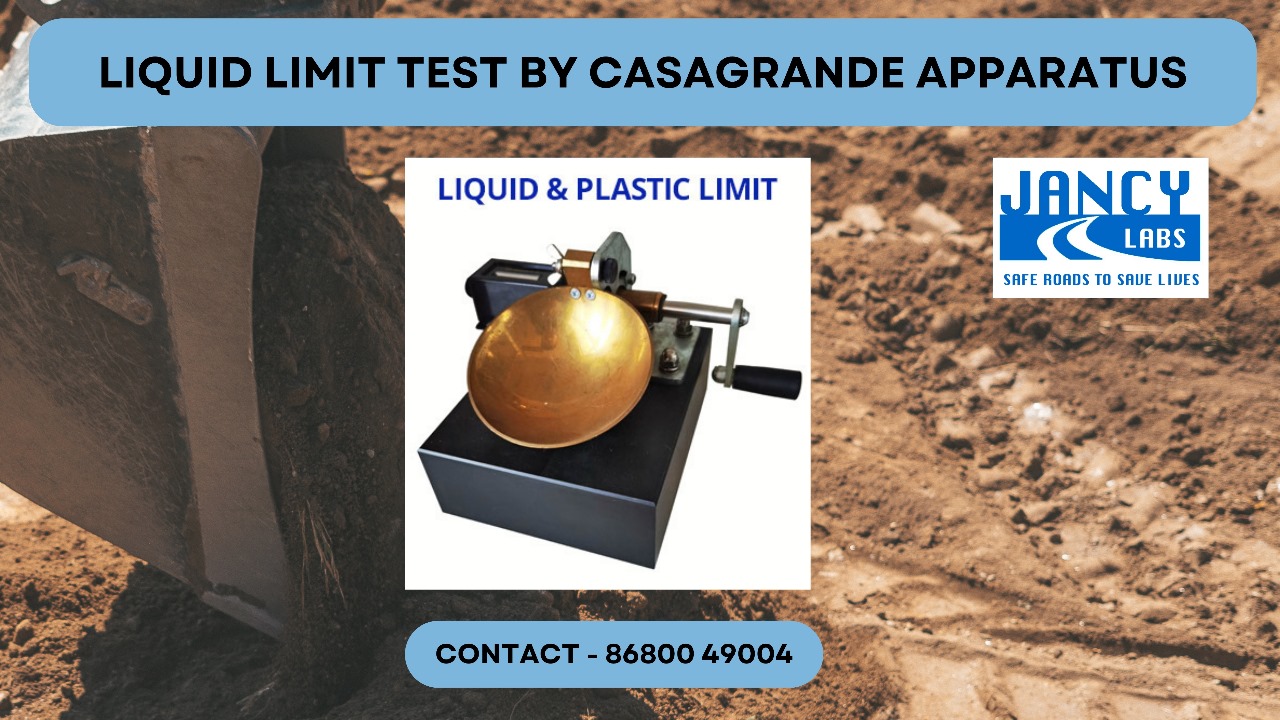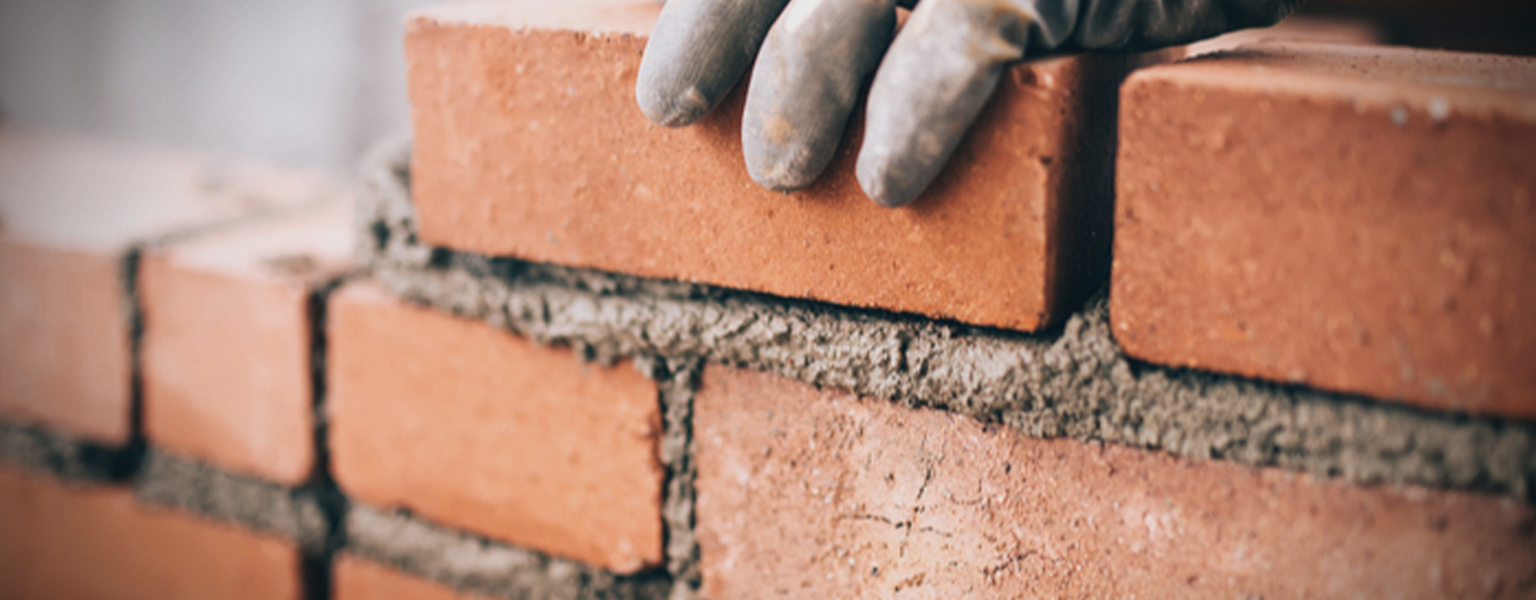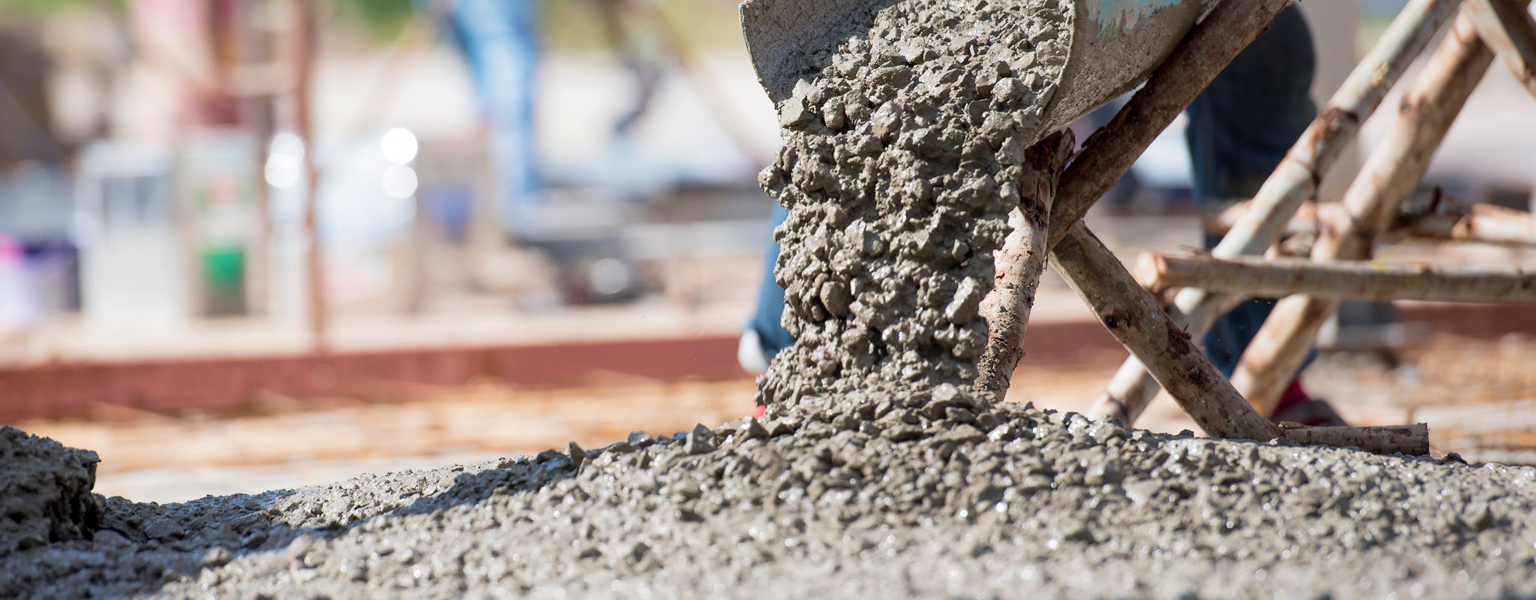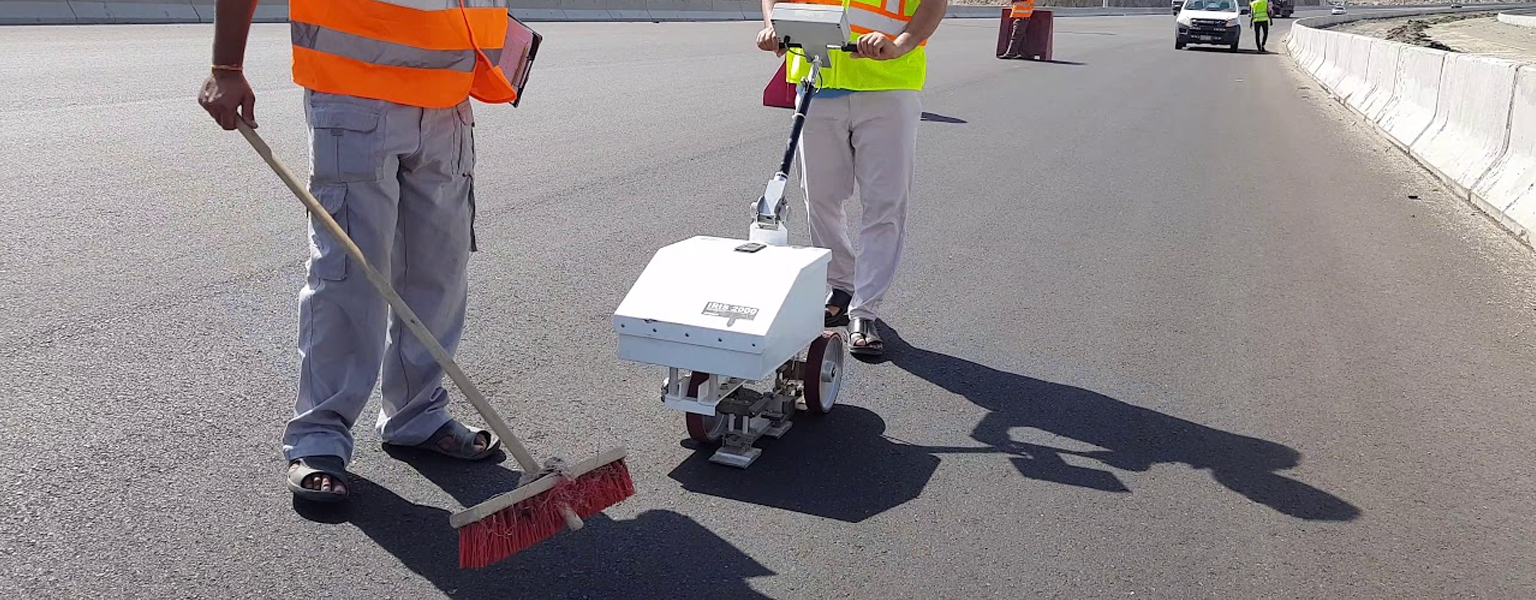Blog
Conducting Liquid limit test for soil by Casagrande Apparatus
Soil from each and every location in different conditions exhibits different characteristics, this varying condition of soil must be thoroughly studied and understood accordingly before initiating any project. A standard geotechnical laboratory must know the strength, expansion, shrinkage, cohesive, adhesive state of the soil before starting the construction process.

What is Atterberg Limit / Consistency limit of Soil? What are the different limits of soil consistency?
Soil when exposed to water changes it’s consistency and entire physical properties. The different consistencies of soil are liquid, plastic, semi-solid and solid. These are used during the building construction which exhibits different properties and their performance must be studied before using it in the construction process with the help of Liquid limit test.
The process where the water content in the soil changes its consistency is called as consistency limit. As a Swedish engineer Albert Atterberg who studied this process explained the importance of these limits it is named as Atterberg limit.
The Atterberg Limit of the soil is determined with the help of Casagrande Apparatus, which helps to determine three different consistency limits of the soil namely Liquid limit, Plastic Limit and shrinkage limit.
Liquid Limit
When soil is exposed to water and changes its physical state into a liquid state where the soil will not have any shear strength. When the water content is reduced, the soil develops shear strength and changes its state from liquid to Plastic. This state where the amount of water content used in the soil changes it from liquid to plastic state is defined as the Liquid limit of the soil.
Plastic Limit
The Plastic state of the soil can be used in construction to build different structures by modifying its shape due to its consistency. This is because the soil does not break or disintegrate during the process due to its strength. When the water content of the soil is further reduced in plastic state of the soil, it easily breaks and becomes weak nature turning into a semi-solid state.
The amount of water which converts the soil from plastic state to semi-solid is known as the Plastic limit of the soil.
Shrinkage Limit
When the semi-solid state of the soil converts into solid state after reducing the water content and the shrinkage does not occur anymore it is defined as the shrinkage limit of the soil.
Materials required:
1. Balance - Sensitive to 0.01 g.
2. Container - non-corrodible and air-tight for moisture determination.
3. Oven - thermostatically controlled with interior non-corroding material to maintain the
temperature between 105 and 110°C.
4. Mechanical Liquid Limit Device
5. Grooving Tool
6. Porcelain Evaporating Dish - about 12 to 15 cm in diameter.
7. Flat Glass Plate - 10 mm thick and about 45 cm square or larger
8. Spatula - flexible, with the blade about 8 cm long and 2 cm wide
9. Palette Knives - two, with the blade about 20 cm long and 3 cm wide
Finding the Atterberg limit of soil using Casagrande Apparatus
1. About 120g of dry pulverized soil sample passing 425 micron IS sieve is weighed, and mixed thoroughly with distilled water in the evaporating dish to form a uniform thick paste.
2. The liquid limit device is adjusted to have a free fall of cup through 10 mm.
3. A portion of the paste is placed in the cup above the lowest spot, and squeezed down with
the spatula to have a horizontal surface.
4. The specimen is trimmed by firm strokes of spatula in such a way than the maximum depth of soil sample in the cup is 10mm.
5. The soil in the cup is divided along the diameter through the center line of the cam followed by firm strokes of the grooving tool so as to get a clean sharp groove.
6. The crank is rotated at the rate of two revolutions per second (either by hand operated) so
that the cup is lifted and dropped.
7. This is continued till the two halves of the soil cake come into contact at the bottom of the
groove along a distance of about 10 mm, and the number of blows given is recorded.
8. A representative soil is taken, placed in the moisture container, lid placed over it and
weighed.
9. The container is dried in oven and dry weight determined the next day for finding the
moisture content of the soil.
10. The operations are repeated for at least four trials with slightly increased moisture content each time, noting the number of blows so that there are at least four uniformly distributed readings of number of blows between 15 and 35 blows.
The liquid limit test is conducted in Jancy Labs Madurai, through Casagrande Apparatus by following standard protocol referring to IS 2720(part 5):1985 RA 2020.

Brick,Block,Rock
Brick testing is a crucial quality control process in construction to ensure the durability and strength of bricks used in building structures. Various tests are conducted on bricks, including compressive strength tests, water absorption tests, and efflorescence tests, to evaluate their performance under different conditions.

Cement Testing
Cement testing is essential to ensure the quality and performance of construction materials. It involves evaluating properties such as compressive strength, setting time, and consistency to guarantee the reliability of cement in various construction applications.

Roughness Index Test
The Roughness Index Test is a standard procedure used to quantify and assess the surface roughness of materials or surfaces, providing valuable data for quality control and engineering applications.
Contact
Need Help? Contact Us
Address
Madurai
Call Us
+91 86800 49004
Email Us
jancylabsmdu@gmail.com
